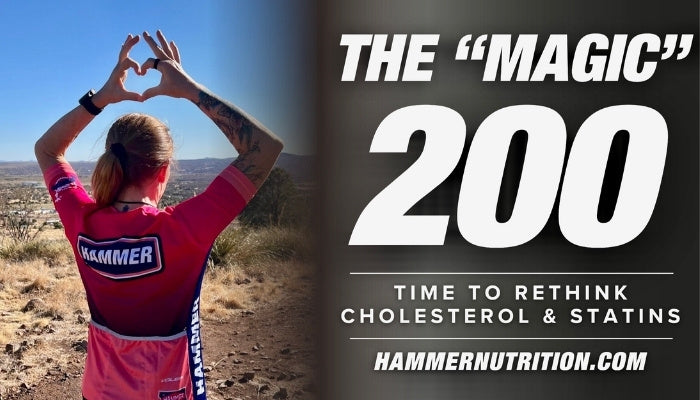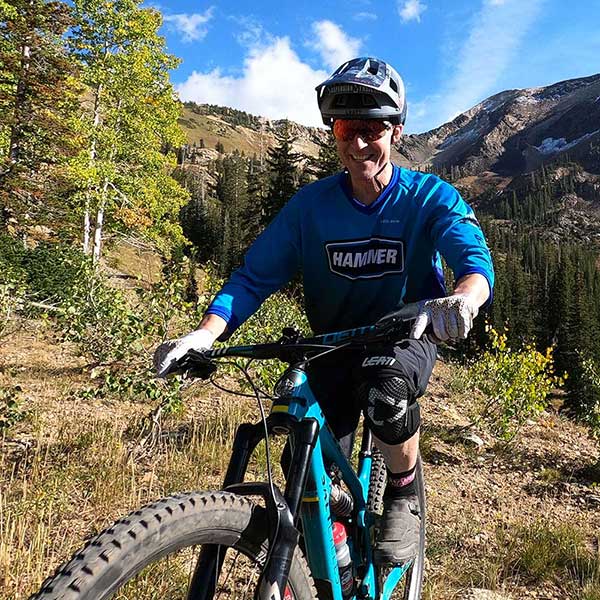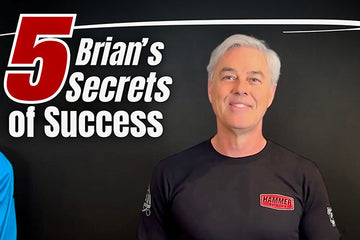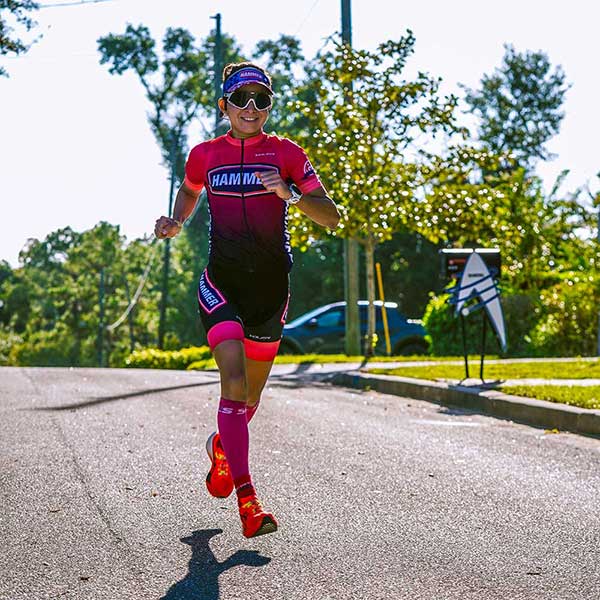
BY DR. BAYNE FRENCH MD DC
Fasting has occurred in numerous cultures and religions for thousands of years in a voluntary way. Muslims, Hindus, Buddhists, and Catholics fast routinely. Hippocrates and even Benjamin Franklin fasted regularly. It has also been practiced for millions of years in an involuntary way, AKA starvation. We as humans are perfectly suited to go without eating for long periods of time with a high level of function and the ability to fight, travel, build, and enjoy a little romance along the way
But for most people, missing a meal equates to a medical emergency. Charles Morse (Anthony Hopkins) said in The Edge “what one man can do another can do.” What one person can do in regards to fasting, either now or 100,000 years ago…another can do. It just might take some practice and adaptation.
But why would you want to? Because it’s trendy that’s why! Yep, there is a very hopeful trend in how we view optimal human living, based largely on how our cellular machinery works. And I’ll guarantee you this…the Ancients did not eat breakfast, snack, lunch, snack, dinner, dessert, and then more snacks. In both obese individuals and those with optimal weight, I have seen a myriad of health benefits and reversal of numerous diseases simply by limiting carbs and going without eating for periods of time. It seems daunting but it is very doable, and several regimens may be tried and tailored for preference.
It is widely recommended that before embarking on a fast you consult your doctor. I do not disagree, but it is laughable advice! You will most likely be asking questions for which they have no useful answers. Most medical providers just don’t know much about fasting. (Or health, wellness, and sound human nutrition.) You might hear that fasting can result in “malnutrition”. Or here’s a good one, fasting will result in “muscle wasting.” We are physiologically perfectly suited for fasting and it is very safe. There are certain diseases that can make fasting dangerous, like Type II diabetes that requires insulin or other blood sugar lowering medications; these can cause hypoglycemia, and medical advice should be sought to reduce risk. However, as with most things involving health and wellness, educate yourself and take command of what you want to do and why. Do not rely on anyone else when it comes to your health.
WHAT IS INTERMITTENT FASTING?
Intermittent Fasting (IF) is the absence of eating: choosing to withhold food despite its availability. There is no standard duration or generally accepted superior method, though we’ll cover several regimens later in this article. Basically, the entire idea is to withhold food to allow the obesity hormone insulin to suppress low enough, for long enough, that we start to burn our fat stores. Time-restricted eating is a term commonly used and is synonymous with IF.
In the last 10 years or so, IF has become mainstream. Dr. Michael Mosley’s TV documentary and book The Fast Diet started the current popularization. The 5:2 Diet by Kate Harrison followed. Other authors and athletes started blogs and wrote books. Dr. Fung’s The Obesity Code provides an outstanding evidence-based summary resource on fasting.
We are perfectly designed to transition between a feeding state and a fasting state. You could spin a bottle and it would point to a problem with humanity (right now I am really fighting the urge to digress), but one major problem is that we simply vehemently avoid going without food. The need to regularly eat is deeply ingrained in our culture. And this faulty notion is widely propagated by stunted nutritional “experts” and advisory “authorities.”
Unless somebody has already mastered LCHF (low-carb highfat) eating, with every meal and snack the very potent anabolic hormone insulin is being spiked. This spike help converts blood sugar into our meager storage form of carbs, glycogen. When the liver becomes replete with glycogen, which is pretty easy to do, the rest of the blood sugar is converted to FAT in a process called lipogenesis. This fat is stored in the liver (Fatty Liver Disease, a pandemic), and numerous other deposits in the body (Obesity, a pandemic). This process is reversed with fasting. Insulin levels plummet, glycogen is quickly used up and now hunting season is officially open on fat stores.
Consider the notion of the physiologic dial. It is either pointed to high insulin, fat storing, feeding state or to a low insulin, fat-burning, fasting state. Our survivalfocused primitive brain that unfortunately is at the helm of our metabolism certainly wants the dial pointed to the former. If your goal is leanness, mobility, and disease prevention then getting that dial to point to the latter and remain there for extended periods of time is highly advisable. Thanks to our amazing survival hardwiring it won’t go there on its own. We need to make it move by HOW and WHEN we eat.
Over the last 100 years, numerous studies of IF on animals have shown remarkable improvements in aging and life span. Initially thought to be primarily from reduced production of free radicals and weight loss, numerous other cellular phenomena are now known. In an excellent review article in the New England Journal of Medicine last year the authors state,
“Intermittent fasting elicits evolutionarily conserved adaptive cellular responses that are integrated between and within organs in a manner that improves glucose regulation, increases stress resistance, and suppresses inflammation.”
They continue:
“Periodic flipping of the metabolic switch not only provides the ketones that are necessary to fuel cells during the fasting period but also elicits highly orchestrated systemic and cellular responses for carry over into the fed state to bolster mental and physical performance as well as disease resistance.”
Dr. Yoshinori Ohsumi is a smart guy and I’m told a good fly fisherman. He was the recipient of the 2016 Nobel Peace Prize in Medicine for his discoveries of the mechanisms of autophagy. This concept of “self-eating” was first observed in the 1960s. Each cell in our body has the capability of destroying its own contents and recycling them. Dr. Ohsumi’s discoveries open the door for a new paradigm of understanding about how the cell responds to a host of physiological processes and stressors like starvation and infection, and how autophagic processes are involved in conditions like cancer and neurologic disease. As the New England Journal of Medicine review article describes, autophagy is greatly enhanced during IF. With fasting, our cells become more adept at cleaning themselves and recycling components.
In my last article about ketogenic eating, I described some health benefits of ketones. To review, ketones are not just a fuel source but are potent signaling molecules. They regulate the activity of many proteins and molecules that are known to influence aging, health and disease. IF allows for fat burning (beta oxidation). When this occurs ketones are formed, which contribute significantly to the health benefits of tossing out the breakfast cereals.
IF SUGGESTIONS
Strive to increase the amount of time spent in a fasting state. Many people find with a little bit of practice, breakfast can be routinely skipped and two delicious, nutrient-dense, lowcarb high-fat meals per day can be eaten, and snacking basically eliminated.
No breakfast, a later lunch, and a larger dinner seems to maximize fasting’s benefits for most people.
A great way to start is to first investigate LCHF eating. Then slowly move the first meal later in the day.
Many neurological and hormonal forces within the body all conspire to elevate insulin levels. Why? Because it’s an anabolic, survival hormone, and our brains really, really want us to survive. Consumption of a LCHF diet has a powerful impact on insulin secretion, metabolism, and overall health. The addition of IF further accentuates these effects. Many authorities, including Dr. Fung, feel it is the most powerful modality to reduce insulin, thus allowing the burning of fat. And it’s entirely within our control. Your control.
INTERMITTENT FASTING BENEFITS
- Reduced inflammation
- Longevity
- Weight loss
- Improved insulin sensitivity
- Reduction in medication
- Improvement or even reversal of type II diabetes
- Enhancement of cellular signaling an activation of autophagy (cellular cleansing)
- Freedom and liberation from food dependency
- More time and productivity
- Saves money
- Generation of ketones
References available upon request










21 comments
Message: How does IF work with exercise? I am confused about how to fuel while exercising or how to transition to not needing to fuel along the way or before exercising.
Answer: Thank you for your question, I’ll try to clarify. There will also be more follow-up articles on IF in ENW and Endurance News. We all fast overnight when we sleep, so the idea of IF is to extend that window a bit in the morning or evening, whichever is most conducive to your schedule. The goal is to be eating less than 12 hours a day and preferably only 8 hours per day. Regardless of whether a person is practicing IF or any other dietary habits, best fueling practices don’t change. We still want to start exercising in a fastest state by allowing 3 hours to digest a meal or not having a meal if exercising early in the morning. Never sacrifice sleep for food. Second, we want to start consuming calories 5-10 minutes prior to beginning exercise and continue at 15-20 minute intervals for the duration. At the conclusion of your exercise, it’s important to take on carbs, protein, fats, and electrolytes for recovery. Sitting down to a nice meal or using a product like Recoverite to bridge the gap until your next meal, hopefully 3 hours before going to bed. BDF – Hammer Nutrition
Message: Am I understanding this article correctly. If I nothing after dinner at 6 PM till lunch the next day is that considered IF?
Answer: Thank you for your question. There will be more articles on this topic in future issues of ENW and EN. That sounds like a short window, but yes, people do fast 18 hours and eat during a 6 hour window. Intermittent Fasting simply means limiting caloric intake to a certain number of hours per day and I would add that it should be more than 12 hours of fasting in 24. If a person eats upon rising at say 6-7 am and then has their last snack at 10-11 pm, that’s NOT IF and makes for a very tired and overworked pancreas. 16 off and 8 on is most common Depending on your training schedule (morning or evening) and social considerations, the window can be any time you prefer and works best for your schedule. For example, on days with easy am workouts, I’ll eat between 11 am and 7 pm. On days with harder workouts, I’ll do those during my window in the afternoon between 3-6 and try to finish dinner by around 7. BDF – Hammer Nutrition
Message: Thank you for the article on fasting. I have been living this lifestyle since January. I am 68 and pretty active. I also have hyperhydrosis which is a curse in the Texas heat. I have found a few electrolyte products that are unflavored that I use during my fast, but I would love to have my Endurolytes unflavored! PLEASE?
Answer: It’s our pleasure. Glad you are getting good results and sorry about the hyperhydrosis. We offer our full spectrum electrolyte product in four varieties – Two in capsule form, Original Endurolytes (low sodium) and Endurolytes Extreme (high sodium). I’d suggest one of these to meet your needs. The Endurolytes Fizz tablets and the Endurolytes Extreme Powder products are not offered in an unflavored and we won’t be offering those in the future due to high MOQ’s and low sales. BDF – Hammer Nutrition
Message: Always appreciate the perspective of Hammer on overall health and nutrition. Would love to hear how this ties into the Phood product (is it suggested to use this as one of the two meals?) and how athletes find performance when IF is part of the routine.
Answer: Hi Kym; thank you for your feedback and questions. Phood certainly can be used in conjunction with Intermittent Fasting, as a meal replacement, or in addition to 2-3 meals daily. If the goal is weight loss through calorie restriction, then Phood could be used in place of a meal. However, if the goal is maintaining/gaining lean muscle mass, then Phood can be used to supplement your meals as an additional source of healthy protein and fats. In my personal experience and the feedback I have gotten from others practicing IF, is that it does in fact improve performance, but also really helps with hunger, cravings, and satiety during the day, improves insulin sensitivity (reducing insulin resistance) and fat metabolism. BDF – Hammer Nutrition
Message: Interesting article. Please provide a few concrete examples of integrating IF with a cyclist lifestyle incorporating Hammer products. Example- Four to 5 days a week I go for a 40-50 mile bike ride and various levels of intensity. If I skip breakfast should I be using Heed/Perpetuam/Gel on the bike? If so doesn’t that defeat the purpose of IF?
Answer: Thank you for your questions. We’ll be running more articles on IF in upcoming ENW’s including incorporating IF into a daily training plan. In the meantime, there are many different patterns for IF – 16 hours of fasting and 8 hours of eating seem to be the most popular and or sustainable for training athletes. Here are two scenarios for a 2-3 hour ride: early morning ride, 7 am roll out: Black coffee or tea, or water before rolling. Begin consuming Hammer Gel, HEED, or Perpetuem just before you roll, and continue fueling gradually during your ride at a rate of about 150-180 calories per hour. Have a big breakfast asap after you finish around 10-10:30. Snacks and additional meals can be eaten, with the last meal around 5 PM. Second scenario – afternoon ride, fasting window between 11 -12 and 7-8 PM: Continue fasting upon rising, drinking water or noncaloric beverages (coffee, tea) until 11-12, then have your first meal. Plan to start pedaling 3 hours later, around 2-3, or have a snack to bridge the gap if you won’t be on the bike until 4-5. In any case, allow three hours between meal/snack and when you start pedaling. Have some Recoverite, Whey protein, or Phood upon completion, or go straight to dinner if it’s closer to the end of eating window when you finish. As always, if you have additional questions or would like to discuss this in more detail, please feel free to reach out to us via phone, email, or live chat. BDF – Hammer Nutrition